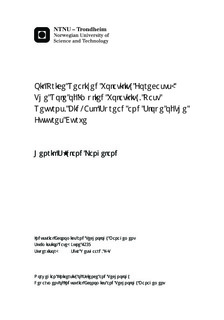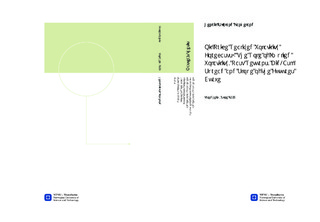| dc.contributor.advisor | Westgaard, Sjur | nb_NO |
| dc.contributor.author | Langeland, Henrik Søyland | nb_NO |
| dc.date.accessioned | 2014-12-19T14:29:49Z | |
| dc.date.available | 2014-12-19T14:29:49Z | |
| dc.date.created | 2014-06-25 | nb_NO |
| dc.date.issued | 2013 | nb_NO |
| dc.identifier | 729419 | nb_NO |
| dc.identifier | ntnudaim:9775 | nb_NO |
| dc.identifier.uri | http://hdl.handle.net/11250/266670 | |
| dc.description.abstract | In this paper volatility forecasting in the WTI futures market is approached with a focus on identifying useful forecasting variables. A realized volatility (RV) time series based on high frequency data is constructed and used in a long-memory model. The predition model is expanded by including implied volatility (IV) and exogenous market variables (EX) including volume, open interest, daily returns, bid-ask spread and the slope of the futures curve. When testing different combinations of these variables in out-of-sample predictions we find that IV significantly improves daily and weekly volatility forecasts, and that the exogenous market variables significantly improves daily, weekly and monthly volatility forecasts. Of the exogenous market variables the daily returns contribute significant for all prediction horizons. The bid-ask spread and the slope of the futures curve are also found to contain significant information about future realized volatility. | nb_NO |
| dc.language | eng | nb_NO |
| dc.publisher | Institutt for industriell økonomi og teknologiledelse | nb_NO |
| dc.title | Oil Price Realized Volatility Forecasts: The Role of Implied Volatility, Past Returns, Bid-Ask Spread and Slope of the Futures Curve | nb_NO |
| dc.type | Master thesis | nb_NO |
| dc.source.pagenumber | 63 | nb_NO |
| dc.contributor.department | Norges teknisk-naturvitenskapelige universitet, Fakultet for samfunnsvitenskap og teknologiledelse, Institutt for industriell økonomi og teknologiledelse | nb_NO |

